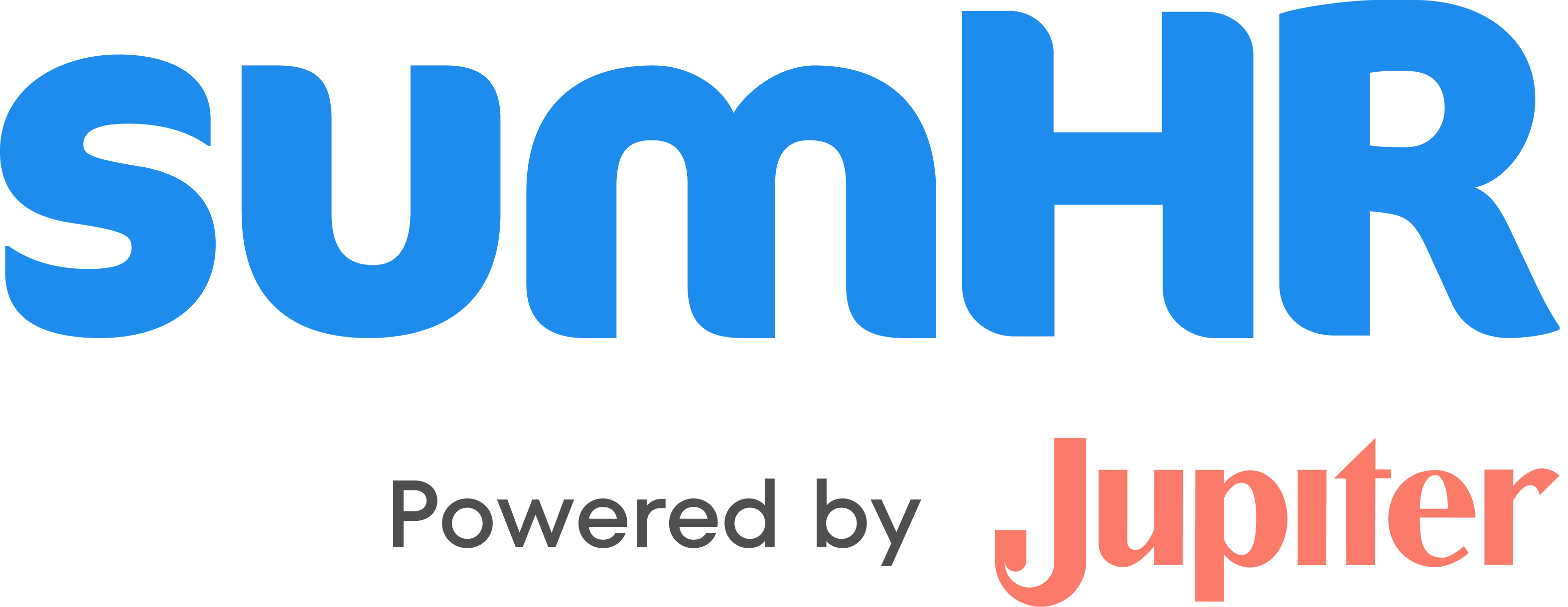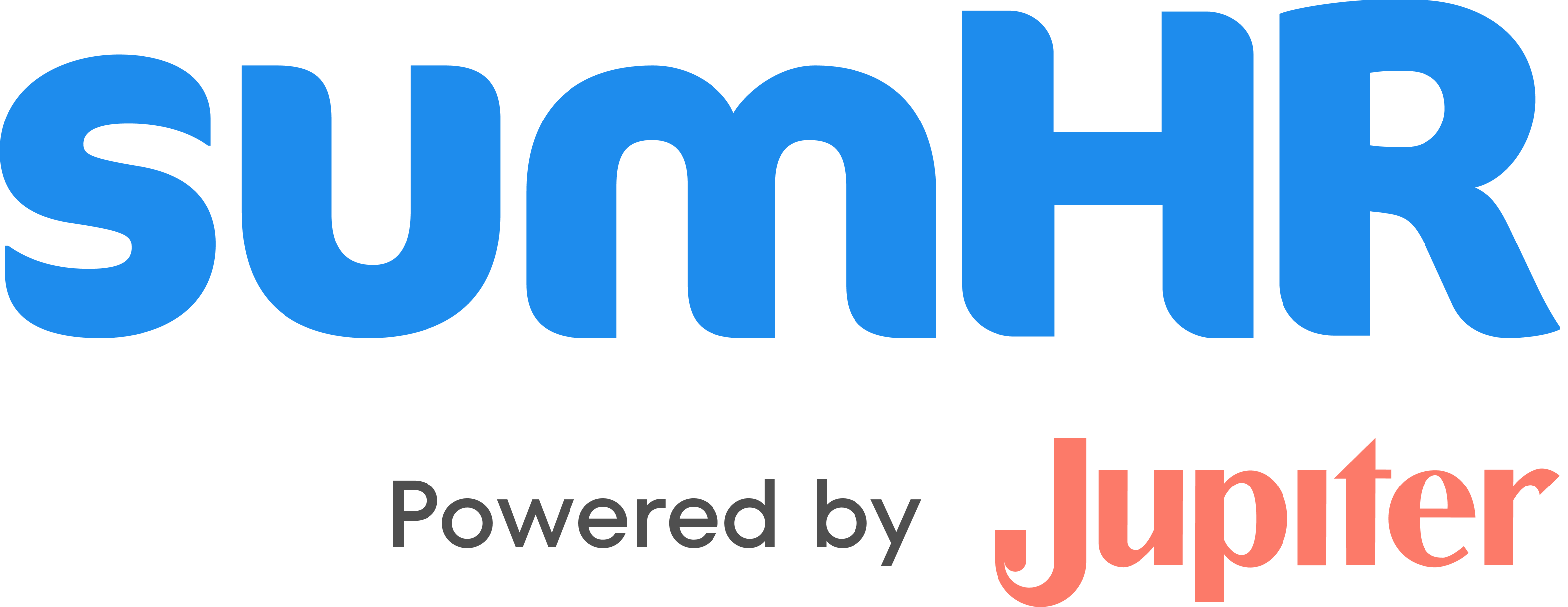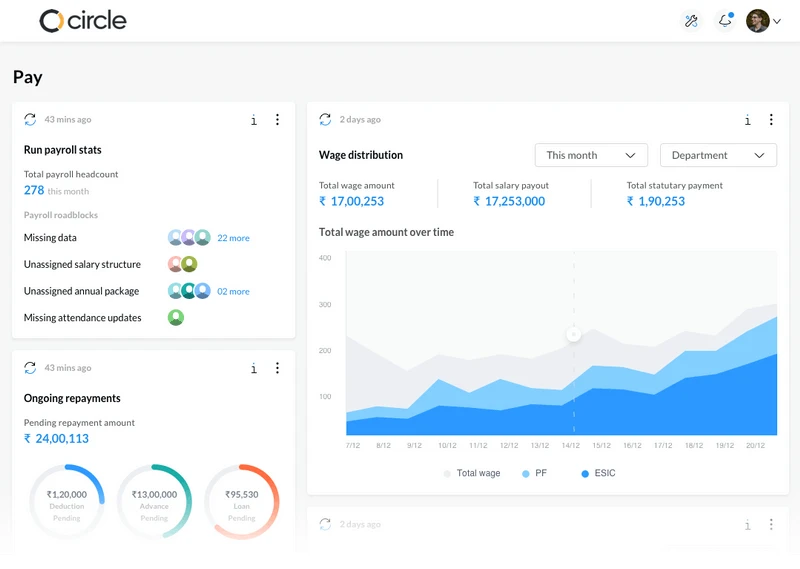For organisational success, employee engagement is essential. It drives everything within a company, from culture to productivity, and aids in defining the working environment. Today, every firm needs an innovative, motivated asset to drive growth and market share, and that asset is significantly more likely to come from engaged employees. Hence, employee engagement lends several benefits. However, what are the main employee engagement drivers?
To assist organisations in achieving their organisational culture and performance-based goals, we have identified 10 distinct drivers of employee engagement. These elements work together to help businesses realise their vision and lead to continuous improvement.
As you will see, while any of these factors can significantly increase employee engagement levels, leveraging their combined power distinguishes exceptional businesses from average ones.
10 Essential Engagement Drivers in your Organisation
1. Company performance
The company performance driver influences an employee’s assessment of how well the organisation is doing and whether it can achieve its goals. However, their perspective can be accurate or not.
Employee engagement with their work, teammates, and employers is naturally increased if they perceive their company is outperforming rivals and ruling the market. On the other hand, when employees perceive that the firm is poorly performing, it results in low morale, eventually affecting productivity.
It is practical to measure how employees view the firm’s performance to determine how successfully the company communicates its triumphs and failures to its workforce. Transparency makes employees happy because it gives them the impression that their ideas, attitudes, and opinions matter. Providing positive and negative feedback on a company’s performance encourages greater openness, boosts employee engagement, and gives them a sense of accomplishment.
2. Leadership
Leadership will always be a vital engagement driver, irrespective of the size of the company or its sector. It illustrates how much an employee trusts team leaders to make sound judgments. Similar to the firm performance driver, attitudes toward company leaders and employee relationships gauge broader perceptions of culture, vision, and the value of collaboration and communication.
Employee bases in organisations that need to strengthen this engagement driver frequently feel isolated and detached from decision-makers. People feel leaders don’t “live the talk” in these situations.
Put another way, seniority and staff members are separated by the leadership’s activities, which might lower engagement levels. Effective leaders need to ensure that they work together with the employees towards increasing efficiency of employees and helping them in their professional development.
3. Management
This driver is distinct from the leadership driver in that it focuses solely on a worker’s relationship and experience with their immediate boss. Managers and employees must have good working relationships to ensure that work gets done and people develop and thrive.
Managers are the people who engage with a specific employee the most, excluding their coworkers. Therefore, managers significantly influence employee retention through work satisfaction and individual engagement levels.
Additionally, even if an employee has a negative view toward the employer as a whole but appreciates working for and with their manager, they are more likely to stick around and put in the extra effort.
If employees have a negative relationship with their manager, they may like their employer but put in the bare minimum of action or even leave the company. Therefore, a manager often has the most significant influence on a worker’s level of involvement.
4. Team Work
This engagement factor results from encounters between employees and their coworkers, frequently showing whether or not they have a sense of security, trust, and camaraderie.
Since most workers spend most of their time with their coworkers, this critical engagement factor reflects on cohesiveness and teamwork. One’s overall involvement with the company is likely to suffer if one believes others aren’t doing their fair share of the work, for example.
The level of participation of disengaged employees will also be lower if they don’t trust their team or don’t feel like they belong to one in the first place. Only a good company culture can lead to a committed workforce.
5. Communication
This broad factor concerns how well people communicate within and outside their work teams. It also speaks to the effectiveness of communication channels between top levels and workers, reflecting on the leadership engagement driver.
Naturally, communication is essential for various factors, including culture, company goals, career goals, and business performance. It is also necessary to take employee feedback through an employee survey.
Every single engagement driver fails in a business without efficient communication, which significantly impacts employee engagement levels. Healthy communication is the basis for everything, and each broken link affects every person and area of the company.
A system of employee recognition should be in place as well. It can help improve the overall employee experience, give them a sense of accomplishment, and result in more engaged employees.
6. WorkLoad
Another factor that interacts with the others on this list is workload. It measures how employees feel about their daily work level and, more broadly, how evenly and fairly work is distributed within a team. Employee engagement levels will undoubtedly decrease if they feel overworked, underappreciated, or like others aren’t doing their fair share of the work.
A person’s sense of overwhelm can also contribute to a lack of safety, security, and trust, which impact the engagement driver for cooperation and teamwork. From a performance standpoint, heavy workloads result in subpar work as workers use shortcuts to fulfil deadlines and targets. Consequently, the workload engagement driver is crucial for ensuring high-performance standards and employee morale
7. Purpose
A feeling of purpose serves as an engagement catalyst by establishing a personal connection between an employee and the organisation. This driver considers how significant or valuable an employee feels their contributions are to their team and company, as opposed to how well they correspond with a firm’s mission statement or principles.
Employees that observe more meaning in their work are more likely to be invested in it and driven to succeed. Thus, the company goals should involve the employees so that they have a sense of accomplishment as well when achieving those goals.
If they have a sense of accomplishment, they’ll feel more motivated to do better, and it will, in turn, increase employee efficiency. Certain incentives should be attached to these accomplishments to further push them to give their best to the organisation.
8. Environment
To give workers a sense of safety, the environment engagement driver depends on the physical and psychological work environment.
The physical aspect of this driver connects to two different ideas: the degree of physical safety that employee experiences while performing their duties, as well as their degree of comfort, which includes anything from lighting and ergonomic keyboards to accessibility features and decor. Employee disengagement is likely to occur when they believe their employer is unsafe or when the environment is unpleasant and unhealthy.
A mental and emotional sense of safety can cover many psychological concepts. Variables like diversity and antagonism levels play a critical role in employee engagement. Company culture has a psychological effect as well. Additionally, it’s crucial to feel physically and psychologically protected to prevent disruptions and lawsuits that could negatively impact the entire firm.
The work environment also affects the customer experience; hence, a good environment is necessary for happy customers and increased customer loyalty.
9. Recognition
Employee engagement is significantly impacted by real-time feedback and appreciation, but these factors are rarely addressed. Employees feel better about themselves, their job, and their position when they receive feedback from management or the company. Feedback and appreciation foster a culture where everyone aspires to achieve their best, positively impacting the entire organisation and its performance.
Providing input and affirmations is one of the essential HR roles and responsibilities. The company can use Employee Engagement Surveys to understand the needs and problems of the employees through constructive feedback. Addressing these problems can help increase job satisfaction.
With adequate performance feedback, employees will clearly understand how their work compares to standards or what their job represents for the overall picture. Closely related to the communication driver, if someone keeps losing out on promotions, never gets a raise, and always has work returned, they will inevitably stop caring if they don’t receive feedback explaining the root causes.
10. Growth
Growth on both a personal and professional level is a key driver of engagement within a business. Employees don’t want to feel like they are in a job that is a dead end. Instead, people like to know that there is room for advancement in financial performance and corporate ladder climbing, even after a long period.
Employees are now much more inclined to switch jobs if they need more career growth prospects and more job satisfaction. Therefore, this driver has become much more significant in recent times. It leads to satisfied employees and motivates them to go that extra mile. Increased turnover rates usually always follow low growth engagement scores.
We all want to be in an environment that allows us to grow and improve our skill sets. If there is no room for growth individually as well, the job can often get quite boring. Doing the same mundane routine repeatedly reduces low morale. Hence, as an organisation, you should make sure there is both professional as well as individual growth.
Wrapping Up
To see patterns early on and correct them before they spread and cause much more significant issues, it is essential to consistently monitor these engagement drivers and their levels throughout an employee population. These 10 factors enable human resource management to gain specifics from particular employee groups that motivate action plans and emphatic, positive results when combined into an efficient engagement survey strategy. This will eventually lead to a committed workforce.
At sumHR, we are an employee engagement platform. We establish desired outcomes set challenging goals, and routinely check in to monitor progress. We use employee engagement tools and work with you to create original feedback forms, conduct 360-degree performance appraisals, and set up a just appraisal system. Visit our website today!








